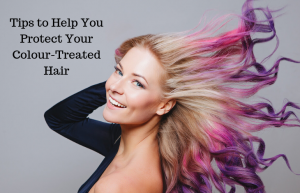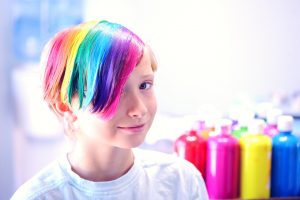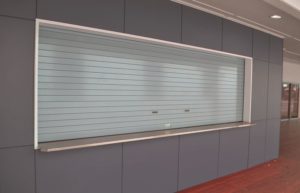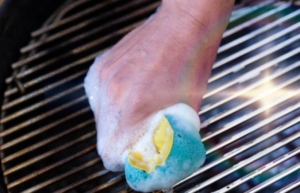How to Braid Your Hair
Depending on where you grew up, braiding could be a simple fact of life or an exotic magical wonder. In some homes, mothers and sisters braid hair every night before bed. Some girls even do it for themselves. It’s standard practice for girls with thick, curly hair, because if you don’t braid it, you’ll have a hellish time combing out the tangles in the morning.
Other times, long-term braiding keeps hair protected. It gives hair a break from excessive styling, allowing it to rest and grow. These braids can stay in for a week or two, with some girls keeping their braids in for a month. Braiding for three days or more has an added benefit, because once you take the braids out, your hair is simultaneously stretched and curled, giving you a sheikh hairdo for another day or two.
For girls with hair type 4 (A to C), braiding essentially gives you two hairdos in one, which is why it’s such a hit. You can braid the hair itself or add extensions in the form of weaves or other types of artificial braids. If your hair’s curl pattern is between 1 (very straight) and 3 (slight wave), and if your hair is long enough, you can braid without extensions.
Braiding by hair type
However, if you need volume, add extensions for extra weight and less breakage. The extensions can also improve the grip of the braid, because hair that is very fine can easily unravel, shortening the lifespan of your braids. You may also need to beads, ornaments, or rubber bands at the ends of the braids, to keep them from coming apart.
There are different kinds of braids. You can do a simple style, like a single French braid, or a pair of pigtails. Or you may want something complex, like cornrows or box braids. A traditional braid is always three-stranded, which means you divide your hair into three portions and intertwine the sections.
You can also do a two-stranded twist braid (sometimes called a rope braid), or a four-stranded braid for extra thickness and definition. Another curious option is the waterfall braid, where some strands of the braid hang loose and cascade down like a waterfall. This works especially well if you have long, fine, flowing hair in multiple tones or highlights.
French vs Dutch
The direction determines the pattern of the braid. Twisting outer strands under inner strands creates a fishtail, while twisting them over inner strands creates a conventional braid pattern. For both these braids, you start braiding off the scalp, sort of like a ponytail. For a French braid or cornrows, you start braiding from the hair root, crafting the ‘row’. Box braids are started at the root too, but each box is like a teeny tiny ponytail of its own.
In case you’re wondering, the difference between French braids and Dutch braids is French braids twist over while Dutch braids twist under. The tightness of your braid depends on your preferences. Tight braids last longer and retain the post-braiding curl longer. For girls with a tight natural curl (4A through 4C), braiding helps to stretch the hair and remedy shrinkage without using heat. It lengthens the shape of their individual curl strands.
Before braiding, brush your hair. This removes any tangles and makes your braid look neater when it’s done. A loose braid can have a low-fuss effect, while tight braids look more coiffed. Decide how much tightness you can handle, because braiding too tight pulls your skin and can sometimes cause headaches, pimples, and torn hair roots, which damages your edges.
Braiding steps
The actual braiding process is really simple. If you want multiple braids, section your hair for each individual braid. Divide the hair into three sections, then take each section and twine it over or under the other sections, depending on your desired braid pattern. Alternate the three strands until you get to the end of the hair. If your hair is fine, hold it with an elastic band or loop a bead through it. Thicker hair can just be twisted off at the end and it will hold.
Girls with a tight curl pattern (3s and 4s) sometimes protect their edges by leaving them unbraided. Put a little gel on the baby hairs at the front and slick them onto your scalp, starting your braid a little further up. Those baby hairs are sensitive and extra fine, so they break more easily and may not grow back if they’re excessively damaged.
Put a little gel on the baby hairs at the front and slick them onto your scalp, starting your braid a little further up. This is helpful because those baby hairs are sensitive and extra fine, so they break more easily when they’re tugged and braided, which can lead to frontal baldness. Coarse baby hairs may have to be relaxed or texturised before they can be gelled.







